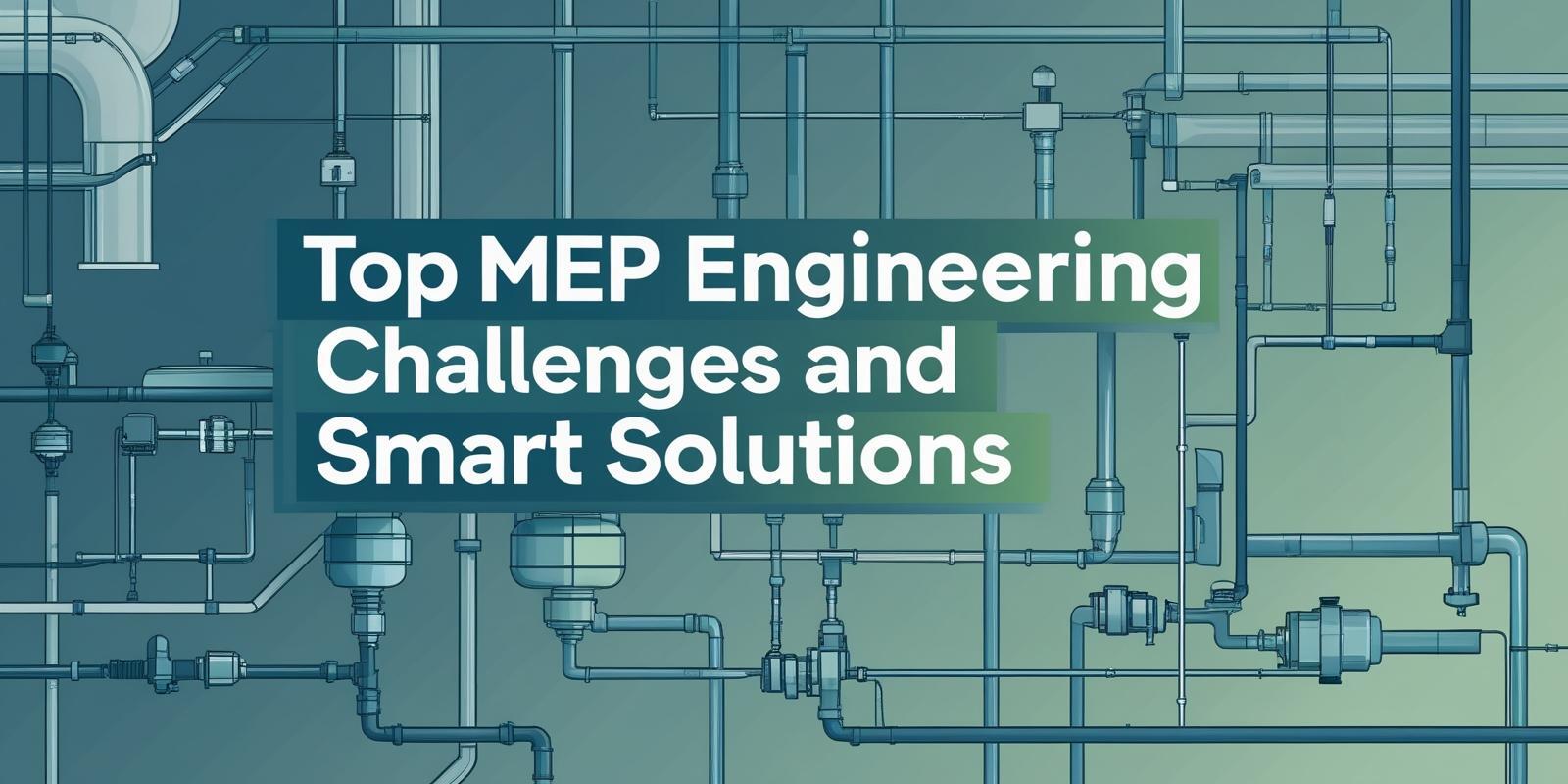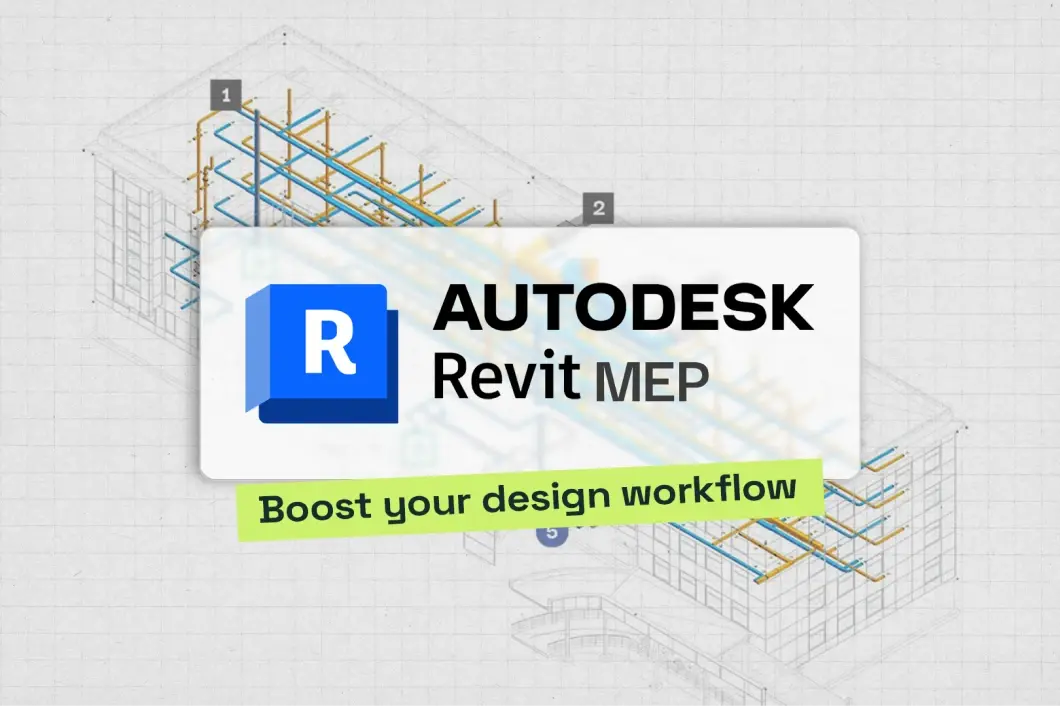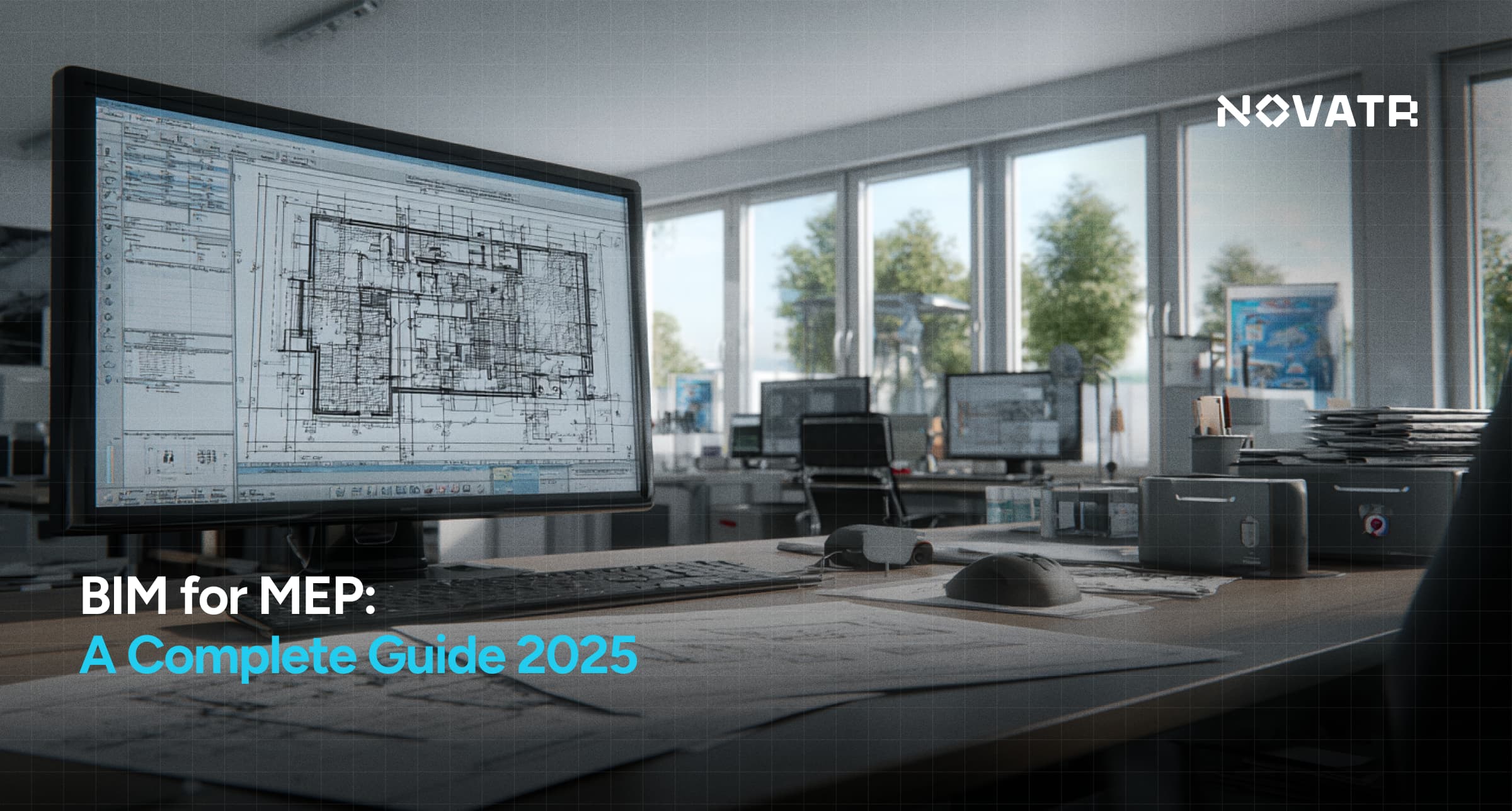
As buildings become more technologically integrated, selecting the right software for managing MEP operations is crucial for efficiency and accuracy. Modern facility management solutions streamline maintenance, reduce downtime, and support data-driven decisions, helping organizations optimize systems. MEP engineers in the USA can leverage these tools while earning an average salary of $8,479/month, reflecting the growing demand for skilled professionals in this area.
Advanced digital platforms now combine monitoring, analytics, and reporting to improve overall performance. Asset management tools for engineers enable precise tracking of equipment, enhance operational planning, and support long-term infrastructure reliability. With these capabilities, MEP professionals can ensure seamless integration with digital models and maintain high standards across complex building systems.
What Is Facility Management Software in MEP Systems and Why Is It More Critical Than Ever?
Facility management software in MEP systems is a digital platform that organizes, monitors, and maintains mechanical, electrical, and plumbing operations. It consolidates operational data and maintenance records, providing engineers with seamless access to critical information through smart building management software.
Key reasons facility management software is critical:
-
Enables real-time monitoring of building systems, supporting efficient operations and timely issue detection using MEP operations and maintenance tools.
-
Facilitates predictive maintenance by analyzing historical data, reducing unexpected failures and extending equipment lifespan.
-
Provides centralized control and reporting, enhancing coordination between engineering teams and operational staff.
-
Supports compliance and safety standards, ensuring all equipment functions according to regulatory and organizational requirements using computer-aided facility management.
-
Enhances resource allocation and energy management, helping organizations optimize costs while maintaining high performance and operational reliability.
What Key Features Should MEP Engineers Look For in Facility-Management Software?

Choosing the right facility-management software requires understanding the capabilities that enhance efficiency, coordination, and accuracy in managing complex building systems. MEP engineers must focus on tools that provide actionable insights, integration with digital models, and robust operational control to streamline workflows effectively.
Essential features for MEP facility-management software:
-
Offers predictive maintenance capabilities to anticipate equipment failures and reduce unplanned downtime.
-
Enables continuous system monitoring, helping engineers identify issues promptly and maintain optimal performance through real-time monitoring tools for MEP systems.
-
Enables centralized reporting and dashboards for easy tracking of system performance and operational metrics.
-
Includes resource and energy management functionalities to optimize costs and improve operational efficiency across facilities.
-
Supports integration with building models, using BIM-integrated facility management software to streamline design-to-operation workflows.
Also Read: BIM for Mechanical Engineers: A Complete Guide
Which Are the Best Software Tools Available for MEP Facility Management?

Selecting top software for MEP facility management involves platforms that improve asset visibility, maintenance planning, and operational efficiency. The ideal tools integrate with building systems, track performance, and allow engineers to manage complex mechanical, electrical, and plumbing workflows effectively.
1. IBM TRIRIGA
IBM TRIRIGA is a comprehensive enterprise platform designed to manage asset lifecycles, maintenance schedules, and overall facility operations. It delivers actionable insights through analytics, dashboards, and reporting tools, helping teams monitor system performance and track operational metrics. This software is ideal for complex infrastructure environments, supporting advanced MEP engineering projects with precise control over mechanical, electrical, and plumbing operations while improving decision-making and operational efficiency.
2. Accruent FAMIS 360
FAMIS 360 provides centralized asset management, automated preventive maintenance, and workflow coordination across multiple facilities. Its platform ensures mechanical, electrical, and plumbing systems operate reliably while helping engineers streamline maintenance and operational planning. By offering real-time visibility into asset performance and maintenance requirements, FAMIS 360 enhances operational efficiency, reduces downtime, and supports long-term infrastructure reliability for organizations managing complex MEP systems across various locations.
3. FM:Systems
FM:Systems offers a modular platform for tracking assets, managing spaces, and coordinating maintenance activities. It streamlines workflows, improves operational consistency, and connects building information in one place, making it highly effective for environments relying on advanced MEP software.
4. MaintainX
MaintainX emphasizes mobile-first accessibility, enabling field teams to manage work orders, record maintenance activities, and track equipment performance on-site. The platform synchronizes updates with central systems in real time, providing engineers with a unified view of operations. Its focus on preventive maintenance and workflow coordination makes it an efficient solution for smart maintenance management for large facilities, improving operational reliability and ensuring timely interventions for MEP systems.
5. Archibus
Archibus provides comprehensive space, asset, and maintenance management while supporting building-model integrations. It enables teams to track mechanical, electrical, and plumbing assets efficiently, automate routine workflows, and ensure operational reliability across extensive facility networks.
Did You Know?
The global facility management software market is expected to grow from USD 3.79 billion in 2024 to USD 9.60 billion by 2033, driven by digital transformation.
How Do These Tools Integrate with MEP Systems, BIM Models and Digital Twin Workflows?
Facility management platforms unify building systems, digital models, and operational data, providing engineers a single interface to monitor, manage, and visualize MEP performance while keeping virtual and real-world operations aligned.
Practical Integration Approaches:
-
Imports BIM models to accurately map mechanical, electrical, and plumbing assets, ensuring operational workflows reflect changes in design or building layouts automatically.
-
Links IoT sensors and automation devices to feed real-time data into the platform, creating a digital representation that mirrors actual system performance.
-
Connects with MEP system controls to access live data, enabling real-time monitoring and coordination, showing how BIM and IoT enhance MEP facility management.
-
Syncs with digital twin models, allowing virtual simulation of MEP operations for testing modifications and optimizing performance without interrupting facility functions.
-
Consolidates historical maintenance records and performance metrics from MEP systems into a unified dashboard, giving engineers a reliable source for planning, analysis, and operational decision-making.
Also Read: Major Projects Built on BIM MEP in India
Conclusion
Selecting the right digital platforms for managing building operations is essential for improving efficiency, accuracy, and long-term system reliability. Modern tools consolidate operational data, enable real-time oversight, and support informed decision-making across complex facility networks, helping engineers streamline workflows and maintain consistent performance throughout the lifecycle of a building.
For those seeking to deepen their technical expertise, the BIM Course for MEP Engineers, offered by Novatr, provides practical guidance on integrating digital models with operational tools. Visit our resource page to explore additional insights, case studies, and best practices that help optimize building performance and enhance professional development in the evolving field of facility management.
FAQs
1. How does BIM-based facility management improve MEP maintenance workflows?
BIM-based facility management creates a digital map of MEP assets, enabling efficient tracking and monitoring. It streamlines maintenance planning and reduces errors for smoother workflows.
2. How do facility management platforms support preventive maintenance for MEP systems?
Facility management platforms collect operational data and historical maintenance records to anticipate potential equipment issues. They generate automated alerts and schedule inspections before problems occur. This proactive approach minimizes unexpected downtime and extends the operational lifespan of MEP components.
3. How do software systems help facility managers optimize energy consumption of MEP systems?
Software systems track real-time energy usage across mechanical, electrical, and plumbing systems, identifying inefficiencies in operation. By analyzing this data, managers can adjust equipment settings and workflows. This ensures energy is used efficiently while maintaining consistent system performance.
Was this content helpful to you



.jpg)



